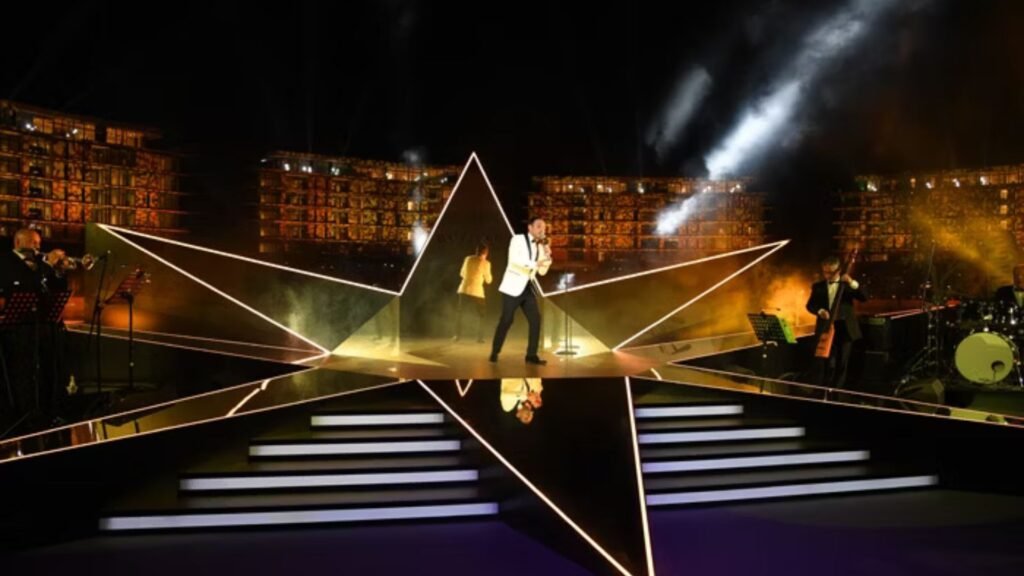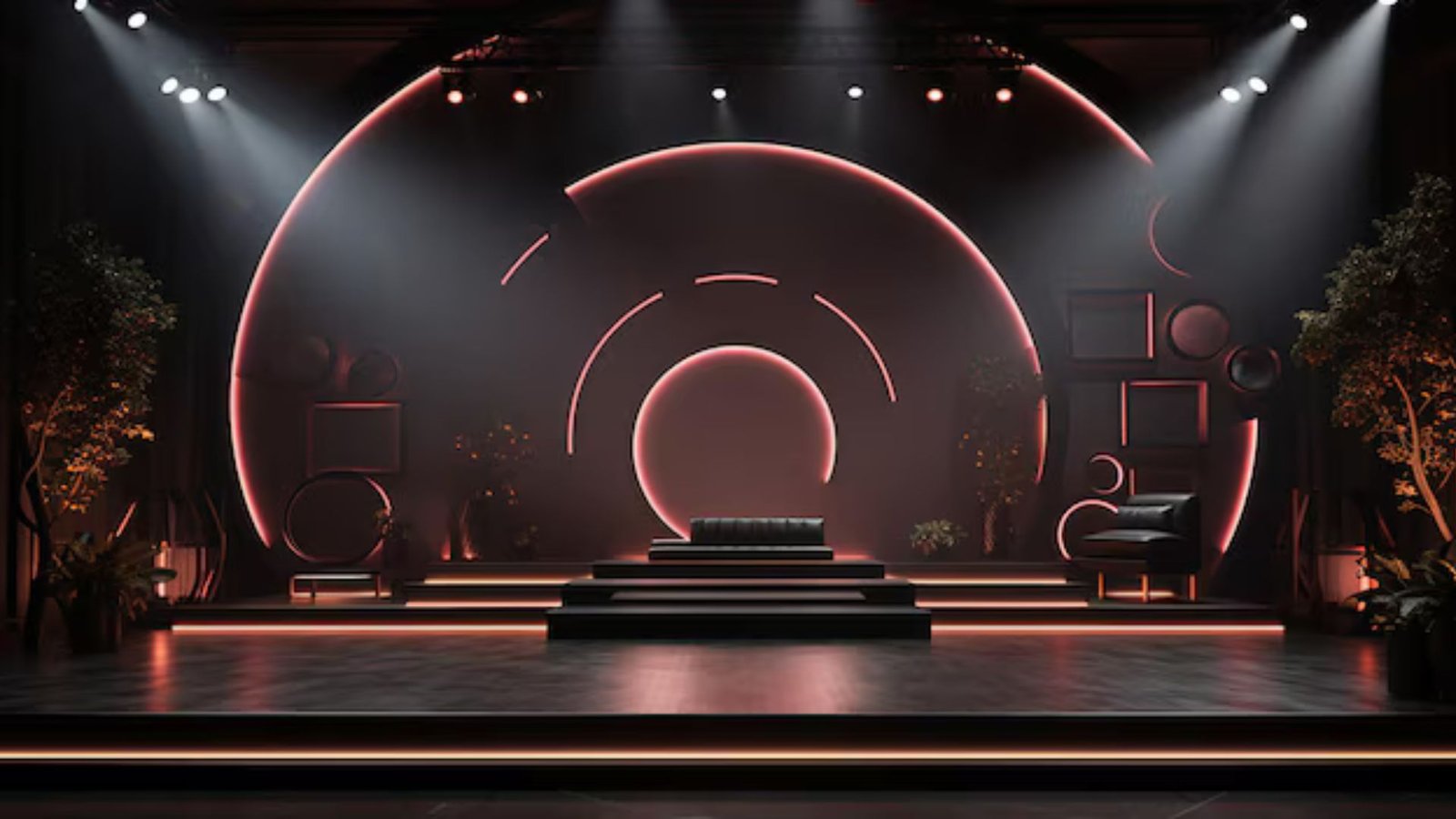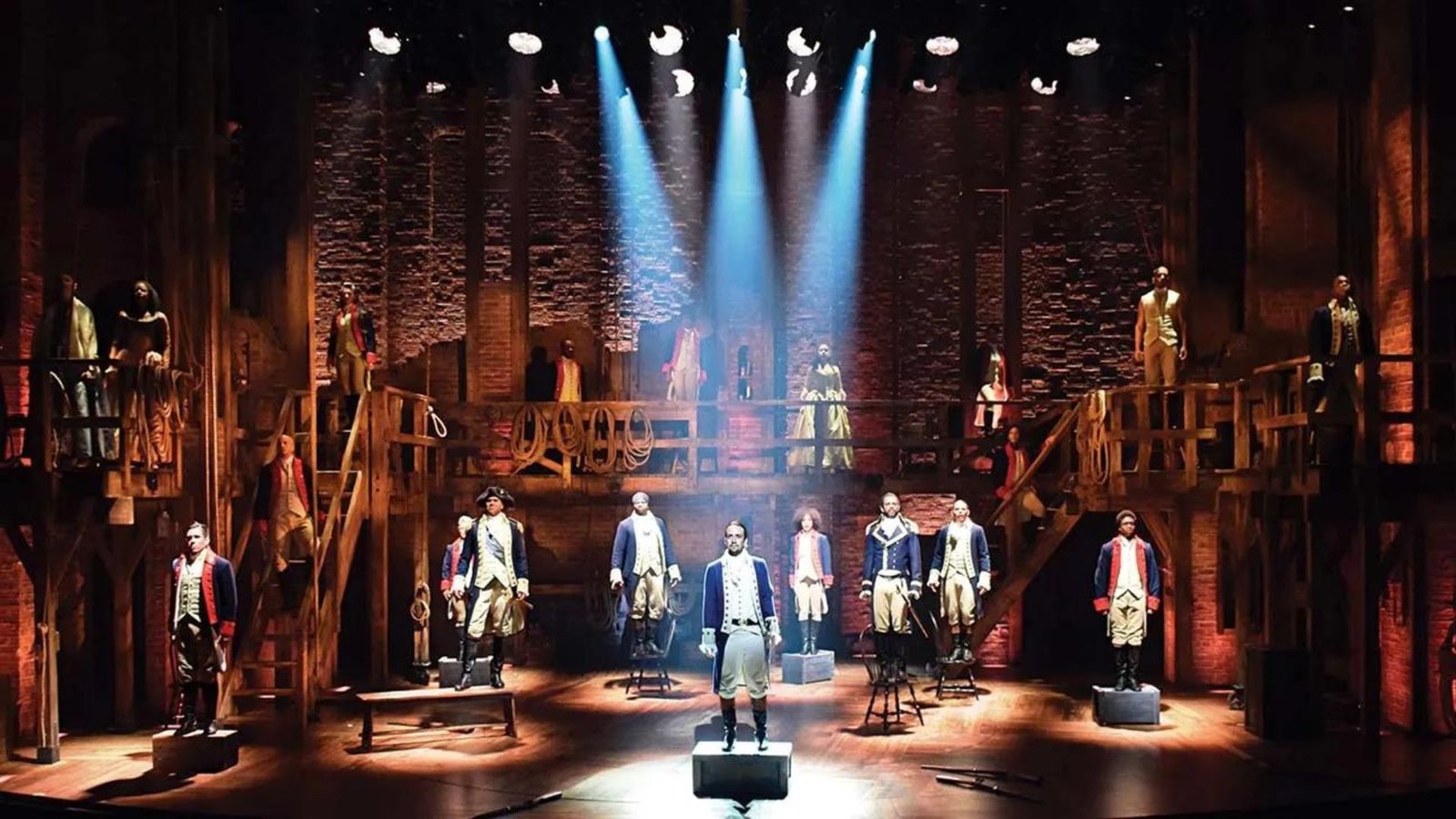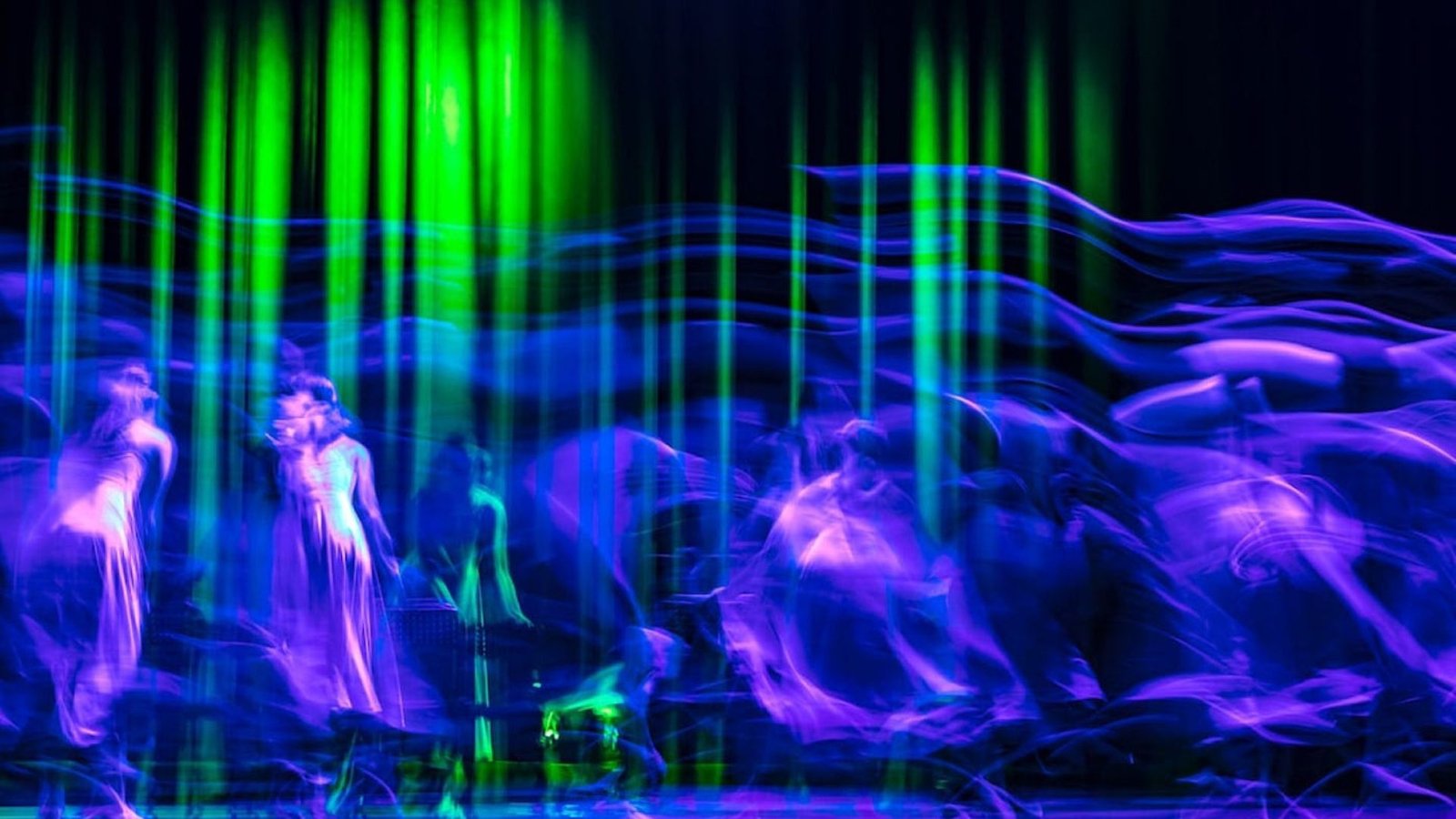Trends in minimalist stage design concepts are transforming how live theater productions approach visual storytelling. Minimalism focuses on simplicity and elegance, using fewer elements to create a powerful impact. This approach can enhance the audience’s experience by allowing the story and performances to take center stage. In this blog post, we will explore how minimalist stage design is evolving and why it is becoming increasingly popular in modern theater.

Emphasizing Simplicity
Firstly, one of the key trends in minimalist stage design is emphasizing simplicity. Minimalist design relies on clean lines and uncluttered spaces to create a focused and sophisticated visual environment. By using fewer props and set pieces, designers can highlight the essential elements of the production without distractions. For example, a stage might feature a single, versatile piece of furniture that can be transformed to represent different locations. This simplicity allows the audience to concentrate on the performance and the story, rather than being overwhelmed by a complex set.
Utilizing Open Spaces
Another trend is utilizing open spaces in minimalist stage design. Rather than filling the stage with elaborate sets, designers are opting for open, flexible spaces that can be easily adapted to different scenes. This approach not only makes the stage look more modern and airy but also provides more room for creative staging and movement. Open spaces can be dressed up or down with minimal changes, making it easier to shift between different environments. For instance, a blank stage can be transformed with subtle lighting and projection effects to suggest various locations.
Focusing on Lighting and Color
In minimalist stage design, lighting and color play a crucial role in creating atmosphere and setting the mood. With fewer physical elements on stage, designers use lighting to add depth and dimension, highlight key moments, and define different areas. For example, a simple backdrop might be enhanced with dynamic lighting effects to create the illusion of a changing environment. Similarly, a limited color palette can be used to evoke specific emotions or themes. By focusing on these elements, designers can achieve a powerful visual impact while maintaining a minimalist aesthetic.
Incorporating Modern Technology
Modern technology is also shaping trends in minimalist stage design. Advanced projection and digital effects allow designers to add intricate details and dynamic visuals without cluttering the stage. For example, projection mapping can create realistic backgrounds or interactive elements that change throughout the performance. This technology helps maintain the minimalist look while still providing a rich visual experience. Additionally, smart lighting systems enable precise control over effects, allowing for seamless transitions and adjustments that support the minimalist approach.
Embracing Versatility and Adaptability
Versatility and adaptability are key features of minimalist stage design. With a focus on simplicity, stage elements are often designed to serve multiple purposes and adapt to different scenes. For instance, a modular set piece might function as a piece of furniture in one scene and as a different object in another. This adaptability reduces the need for numerous set changes and helps keep the production streamlined. By embracing versatile design elements, productions can achieve a minimalist look while still accommodating various staging needs.
Enhancing Actor Interaction
Another trend is enhancing actor interaction with minimalist design. By reducing physical set elements, designers create more space for actors to move and interact dynamically. This can lead to more engaging and fluid performances, as actors are less restricted by bulky props or intricate sets. For example, a minimalist stage might allow for innovative blocking and choreography, making the actors’ physicality a central part of the visual design. This interaction can also highlight the actors’ performances and emotions, drawing the audience’s focus to their expressions and movements.
Conclusion
In conclusion, trends in minimalist stage design concepts focus on simplicity, open spaces, lighting, modern technology, versatility, and enhancing actor interaction. By embracing these trends, designers can create elegant and effective visuals that support the storytelling and performance. Minimalist stage design allows for a clean and modern aesthetic while providing flexibility and focus. As theater continues to evolve, these minimalist concepts are reshaping how productions are staged and experienced, proving that less can indeed be more.




